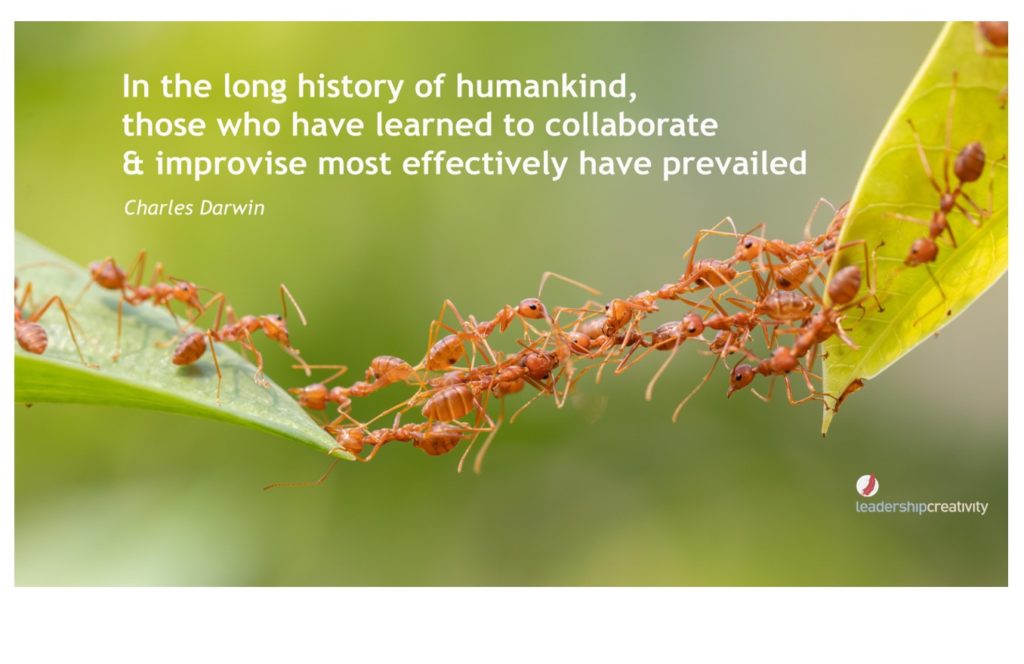
Part 3 of my series on practical ways to remove toxic behaviours from the workplace. Read part 1 here and part 2 here.
As a leader I used to make it a habit to move around the floors my teams worked on so I could get to know everyone better and understand how I could best support them. One team caught my attention within a few hours of moving into my new desk. The team were warm and welcoming to me (not always the case when ‘the boss’ appears at your pod) and more importantly were happy, supportive and caring around each other.
I observed over the next few weeks and they functioned as a well-oiled machine. I could see the senior people in the team teaching and coaching the junior members, they spent time gathered as a group each day to plan out their work and keep each other up to date on progress and took it in turns to lead discussions. They didn’t always agree on how to deliver the work, but they did listen to different points of view and then debated which way they would approach it and came to a negotiated agreement.
Over and above this, they seemed to really enjoy each other’s company – they went out to lunch together frequently and chatted at the start and end of the day about what they were doing outside the office. They seemed happy in their roles and were highly productive.
I was curious about what they were doing that was different to some of my less engaged teams so I sought out the manager and asked how she managed to have such an engaged and supportive group. Her response opened a whole new world of leadership to me “we have a social contract between all team members, they have decided how they want to work as a group and how they would like to be treated by each other.”
This was MIND BLOWING to me at the time. Here was clear evidence that empowering the team to make their own decisions around their behaviour led to amazing results. As leaders we think we need to be ‘managing’ the output and behaviour of the team, but this team showed how releasing the reigns can lead to a significantly better result.
Since that time, I’ve implemented social contracts within all my teams and helped hundreds of leaders implement them in their businesses. The result invariably has a very positive impact on engagement and productivity.
How it works:
- Introduce the concept of having a ‘social agreement in place within the team in your next team meeting – see if they are keen to try it out (maybe specify a trial period to ease any potential issues)
- If they agree to having the agreement the team, including the leader, meets to agree the social contract. This can take between 1.5 to 3 hours depending on how much the team wants to include in the contract
- They list out all the ‘rules’ they want to work by.
These, of course, must fall within
company policies and values, but otherwise everything else is up for discussion.
Some examples are:
- “We will listen to and respect each other’s opinions”
- “We will take it in turns to lead team discussions”
- “We will hold team meetings at a time that best suits everyone’s schedule, but everyone must attend”
- “We will not talk negatively about another member of the team to a 3rd party. If we have challenges with the person or their work, we will provide feedback directly to them”
- “We will have lunch together as a team once a month”
- “No-one cooks fish or eggs in the office kitchen microwave, ever”
- Once the team have agreed on the rules they want to work by, the team print the agreement out and sign their names on it
- Every week at the team meeting the team check-in to see how they are doing against the agreement and have a supportive conversation if anyone/everyone admits they are struggling to meet the contract. They either agree to improve, or they agree to change or remove the ‘rule’
The amazing thing that happens out of this approach is that the team takes responsibility for removing the behaviours they don’t want. The leader no longer has to police behaviour or non-delivery as the group takes responsibility.
If someone is struggling, they will receive a huge amount of support from the team to help them meet the commitments they have made. However, if someone doesn’t want to behave in line with the group agreement, they will usually self-select out of the team. There is usually a queue of talented people waiting for a role to open as those outside of the team recognise that it is a great team to be part of. This way the team gets a high-performing recruit who can continue to lift the standards and results.
Sounds great but don’t know where to start? – Contact us to discuss how we can help you.
Next week: When gentle persuasion and positive encouragement haven’t worked – how to have an easy ‘difficult conversation’ about a person’s toxic behaviour
